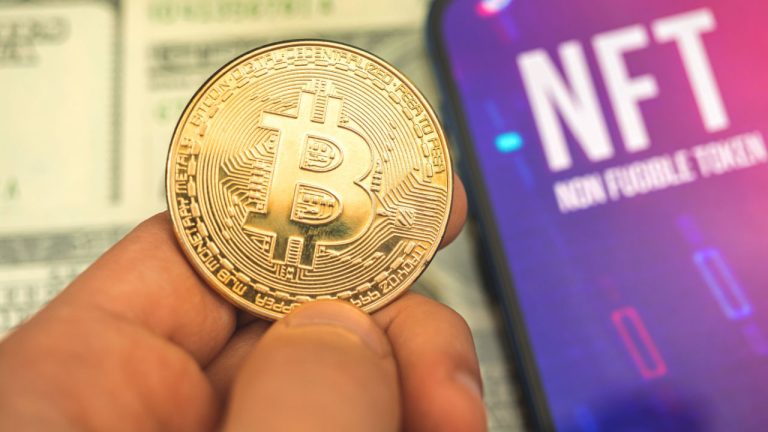
The author of the white paper, Robin Linus, based BitVM’s architecture on Ethereum’s optimistic rollups with fraud proofs and recent Merkle tree developments.
A Bitcoin developer has proposed a new way to bring more expressive off-chain smart contracts to Bitcoin (BTC) without needing a soft fork.
Announced in an Oct.9 white paper titled “BitVM: Compute Anything on Bitcoin” by ZeroSync’s project lead Robin Linus, BitVM enables Turing-complete Bitcoin contracts without altering Bitcoin’s consensus rules.
"Any computable function can be verified on Bitcoin"https://t.co/Itf9UHos0C pic.twitter.com/CLQv49Ydsg
— яobin linus (@robin_linus) October 9, 2023
A Turing Complete system is one which can theoretically provide an answer to any computational problem.
With BitVM, the “logic” of Bitcoin contracts would be executed off-chain but verification would be made on Bitcoin — similar to Ethereum’s optimistic rollups.
BitVM’s architecture is based on fraud proofs and a challenge-response model where a “prover” can make claims and a “verifier” can perform a fraud-proof to punish the prover when false claims are made.
Linus explained that Bitcoin, in its current form, is limited to basic operations, such as signatures, timelocks, and hashlocks — but that can now be broadened with BitVM, which Linus says can compute a host of interesting applications.
“Potential applications include games like Chess, Go, or Poker, and particularly, verification of validity proofs in Bitcoin contracts.”
“Additionally, it might be possible to bridge BTC to foreign chains, build a prediction market, or emulate novel opcodes,” said Linus.
Linus said a limitation of the model is that it is limited to a two-party setting with a prover and a verifier and that a significant amount of off-chain computation and communication is needed to execute programs.
Linus said the next “milestone” is to fully implement the BitVM in addition to Tree++ — a high-level programming language to write and debug Bitcoin contracts.
BitVM is enabled by the Taproot soft fork which took place in November 2021.
Linus cited Ethereum research into optimistic rollups and a study on Merkle Trees in contributing to the eight-page white paper.
Bitcoiners respond to BitVM
Prominent Bitcoiner Eric Wall posted on X (Twitter) that the concepts outlined in the BitVM white paper “check out” and is “cautiously excited” to see what real-world experiments stem from it.
Bitcoin analyst Dylan LeClair is also impressed with BitVM’s white paper. But Adam Back, a Bitcoin Core contributor suggested that people shouldn’t get too excited about the development just yet.
for people getting (over) excited, this is cool but effectively a generalization of a two-party game - it says right in the abstract - so it's a bit like Greg Maxwell's 2016 ZKP contingent payments implemented example https://t.co/OeHRsbFjud
— Adam Back (@adam3us) October 9, 2023
Related: BIP-300 biff: Debate reignites over years-old Bitcoin Drivechain proposal
One builder in the blockchain space, “dotta,” noted that there is already a proof-of-concept on GitHub.
Another X user, Sam Parker, attempted to resolve a common fear among Bitcoin maximalists by explaining that BitVM won’t force Bitcoin’s to be “locked” into these contracts.
“Finally, this is opt-in. If you don’t trust your coins being locked to some Turing complete contract (totally reasonable) then don’t lock them to a Turing complete smart contract. One of [the] beauties of the UTXO system is security sandboxing.”
Others, such as “psage” say BitVM adds to the list of things that will push Bitcoin’s price forward in the next bull market.
The bullish stuff around #Bitcoin is snowballing, lots of them controversial, nevertheless a few off my finger tips:
— psage (@perspiringsage) October 9, 2023
- BitVM
- Ordinals
- Multiple Pres Candidates talking about it
- ETF
- Halving
- Privacy improvements
- Exponential Hash Rate increase
- Countries mining
....
Cointelegraph contacted Linus for comment but did not receive an immediate response.
Magazine: Wolf Of All Streets worries about a world where Bitcoin hits $1M: Hall of Flame
















